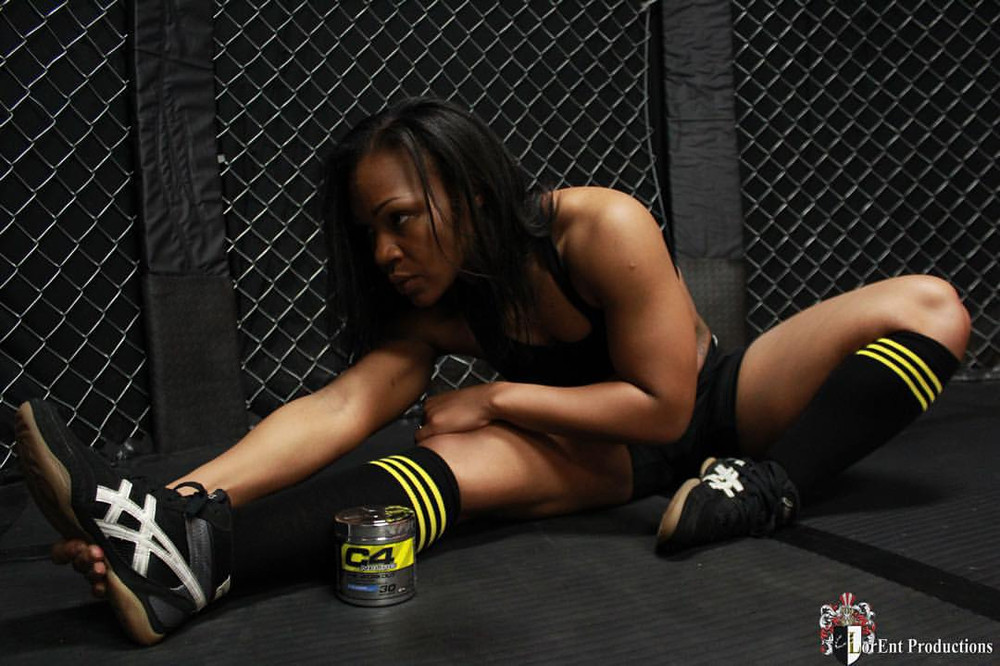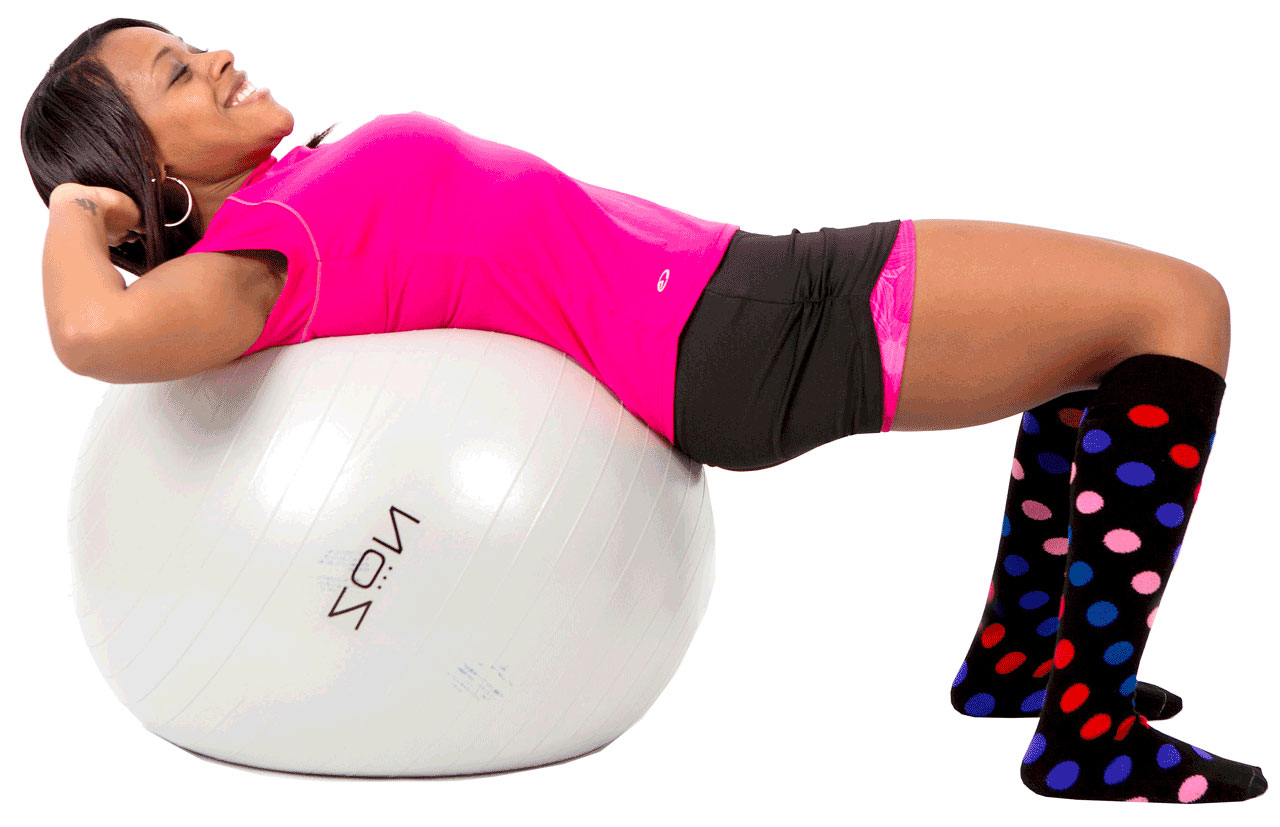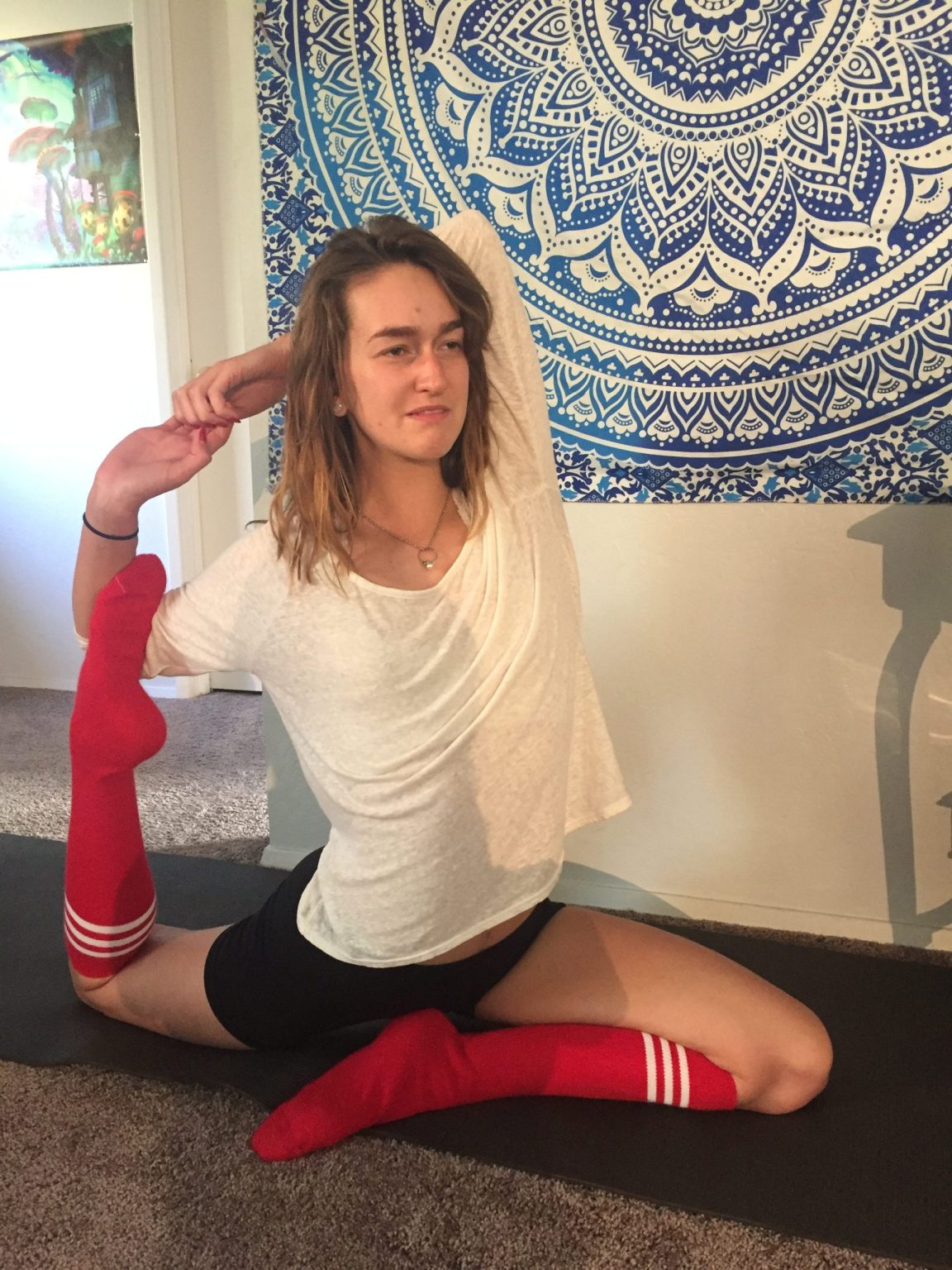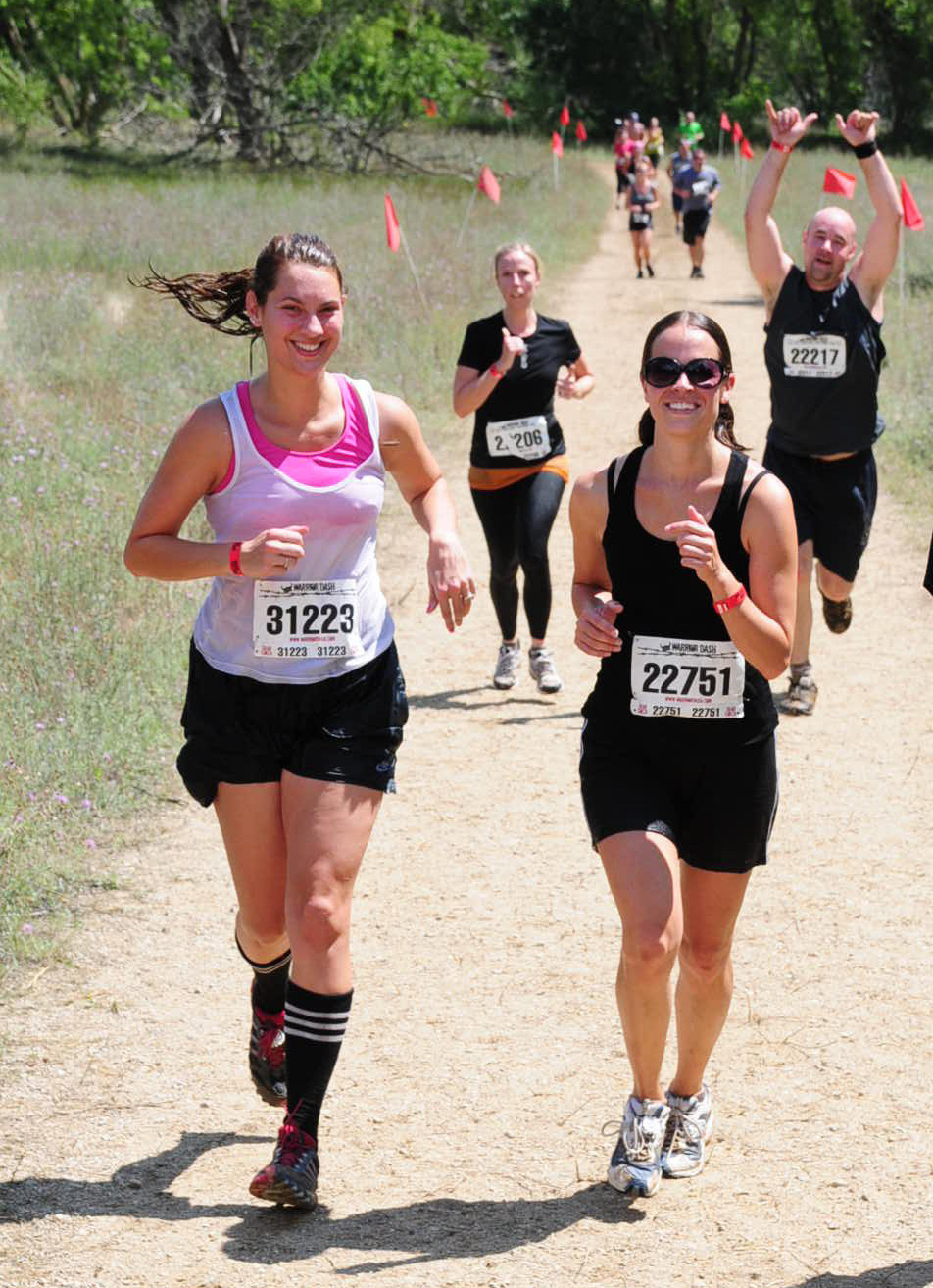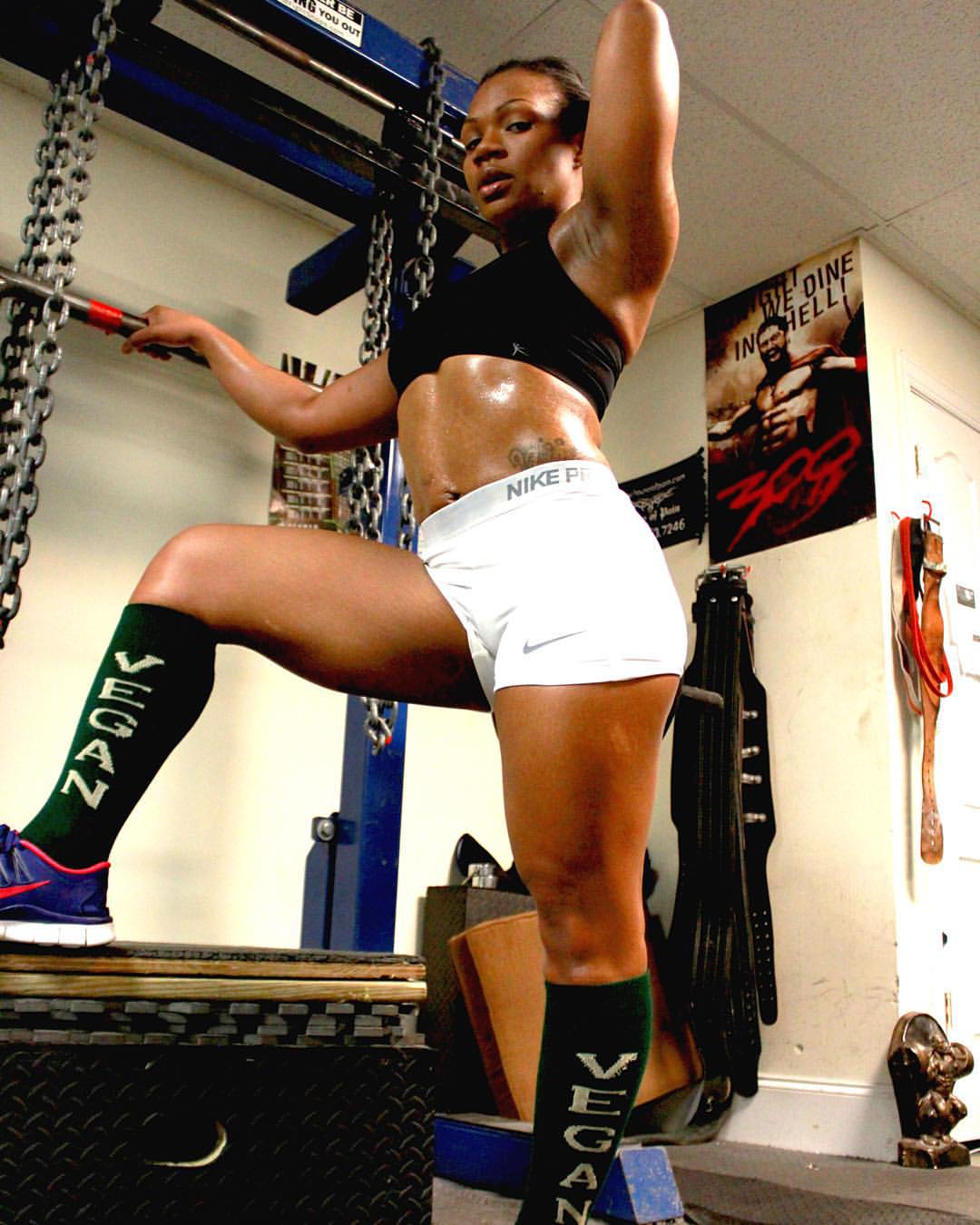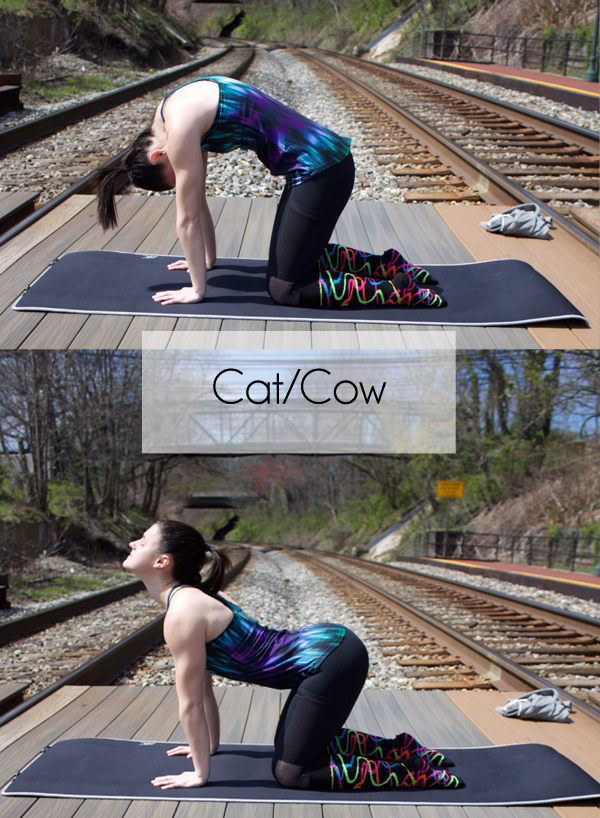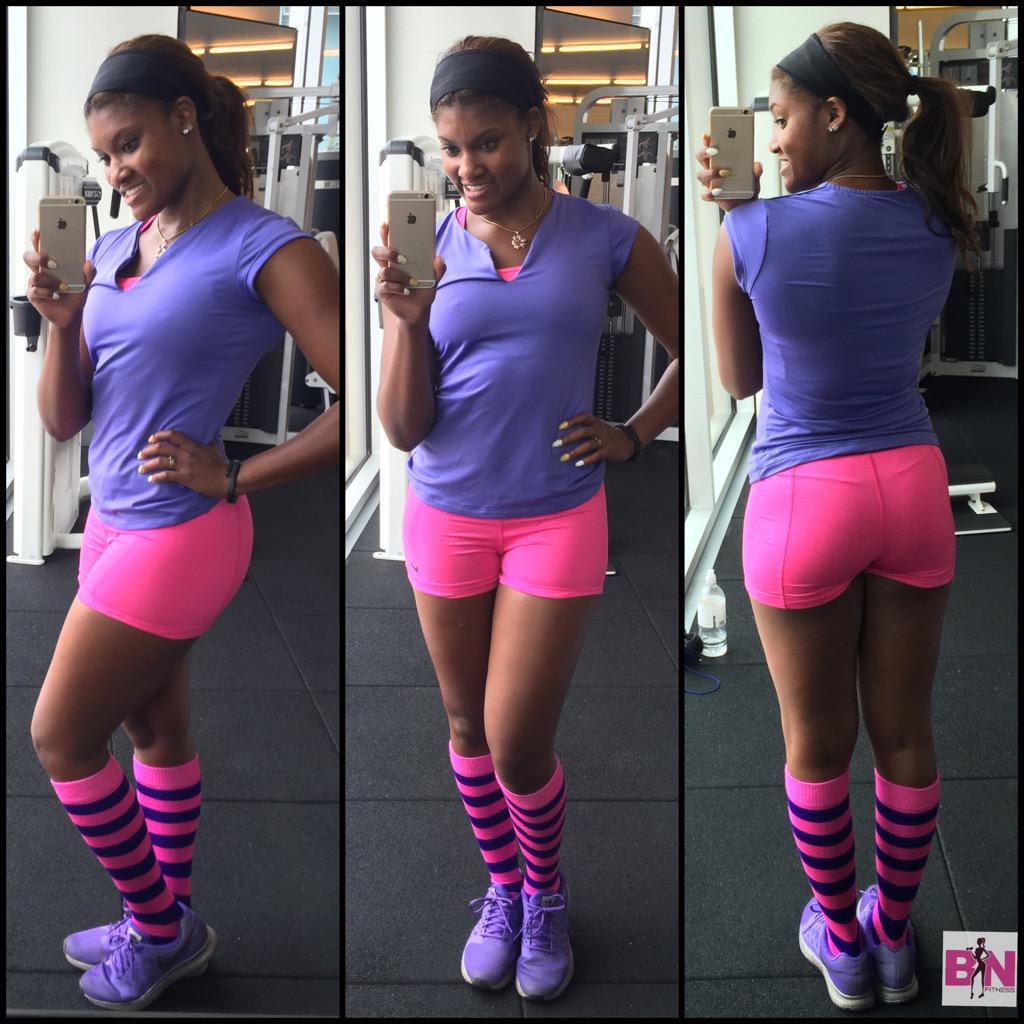Top Workout Socks for Every Exercise
Are your workouts leaving your feet feeling sore and uncomfortable? It's time to invest in the right workout socks! Many people underestimate the importance of having proper workout socks for different exercises. Whether you're an avid runner, a weightlifting enthusiast, or a dedicated yogi, having the right pair of socks can make all the difference in your performance and overall comfort.
Understanding the Importance of Workout Socks
Before we dive into the different types of workout socks available, let's take a moment to understand why workout socks are essential. When you're exercising, your feet are subjected to intense levels of stress. The right pair of socks can provide cushioning, support, and moisture-wicking properties to keep your feet dry and comfortable. They can also prevent blisters, reduce foot fatigue, and enhance your overall workout experience.
When it comes to workout gear, many people focus on shoes, clothing, and accessories like wristbands or headbands. However, workout socks are often overlooked, even though they play a crucial role in your exercise routine. Think about it - your feet are the foundation of your body, and they bear the brunt of the impact during physical activity. Without proper support and protection, you may experience discomfort, pain, and even injuries.
The Role of Workout Socks in Exercise
Workout socks are designed to protect your feet from the strain and pressure that comes with different exercises. They provide cushioning to absorb shock and reduce impact, especially during high-intensity activities. Whether you're running, jumping, or lifting weights, your feet are constantly pounding against the ground. Without adequate cushioning, this repetitive impact can lead to discomfort and even stress fractures.
Additionally, workout socks offer support to your arches, which can help prevent injuries and improve stability. The arches of your feet act as natural shock absorbers, distributing the impact of each step or movement. However, if your arches are not properly supported, they may collapse or overpronate, leading to imbalances and potential injuries. Workout socks with built-in arch support can help maintain the natural alignment of your feet, reducing the risk of strain or sprains.
Another important role of workout socks is promoting proper blood circulation. During exercise, blood flow to your muscles increases to deliver oxygen and nutrients while removing waste products. Proper circulation is essential for muscle recovery and performance. Workout socks with compression features can help improve blood flow by applying gentle pressure to your feet and lower legs. This compression can also reduce swelling and muscle soreness, allowing you to recover faster and perform at your best.
Key Features of High-Quality Workout Socks
When choosing workout socks, it's important to look for certain key features. Firstly, opt for socks made from moisture-wicking materials, such as cotton or polyester blends, that will keep your feet dry by pulling sweat away from your skin. Moisture-wicking properties are especially crucial during intense workouts or in hot and humid environments, as they help prevent the accumulation of sweat, which can lead to discomfort and blisters.
Secondly, consider socks with cushioning in strategic areas, such as the heel and toe, to provide extra comfort and support during high-impact exercises. These areas are particularly prone to pressure and impact, so having additional padding can help absorb shock and reduce the risk of injuries. Look for socks with targeted cushioning that aligns with the specific needs of your workout routine.
Last but not least, pay attention to the fit of the socks. They should be snug, but not too tight, to prevent slippage and blisters. Ill-fitting socks can bunch up, rub against your skin, and cause friction, leading to painful blisters or abrasions. Additionally, socks that are too loose may slide down or bunch up inside your shoes, causing discomfort and potentially affecting your performance. Finding the right fit is essential for optimal comfort and functionality.
Now that you understand the importance of workout socks and the key features to look for, you can make an informed decision when selecting the perfect pair for your exercise routine. Remember, investing in high-quality workout socks is an investment in your foot health, comfort, and overall performance. So, don't overlook this essential piece of workout gear and give your feet the support they deserve!
Different Types of Workout Socks
Now that we understand why workout socks are important, let's explore the different types available and their specific benefits.
When it comes to choosing the right workout socks, it's essential to consider the specific needs of your fitness routine. Different types of socks offer various features that can enhance your performance and overall comfort during workouts.
Compression Socks for High-Intensity Workouts
Compression socks are primarily designed to improve blood circulation and reduce muscle fatigue. They offer a snug fit that applies graduated pressure to your legs, aiding in oxygen delivery to your muscles. This can be especially beneficial during high-intensity workouts or endurance activities like running or cycling.
Not only do compression socks enhance blood flow, but they also help to prevent swelling and muscle soreness. By providing targeted compression, these socks can reduce the risk of muscle cramps and promote a faster recovery after intense training sessions.
Additionally, compression socks often feature seamless construction and moisture-wicking properties, ensuring a comfortable and dry experience throughout your workout.
Moisture-Wicking Socks for Sweaty Exercises
For those who tend to sweat a lot during their workouts, moisture-wicking socks are a must-have. These socks are made from quick-drying materials that pull moisture away from your feet, keeping them dry and preventing discomfort or odor.
Moisture-wicking socks are particularly beneficial for activities that involve a lot of sweating, such as high-intensity interval training (HIIT), hot yoga, or intense cardio workouts. By effectively managing moisture, these socks help to prevent blisters, chafing, and fungal infections.
Padded Socks for Impact Sports
If you engage in sports that involve a lot of jumping or impact, such as basketball or volleyball, padded socks are a game-changer. These thick socks feature extra cushioning in the heel and forefoot areas to absorb shock and reduce the risk of injuries.
During high-impact activities, the added padding in these socks acts as a protective barrier, minimizing the stress on your feet and joints. This can help prevent common injuries like plantar fasciitis, shin splints, and stress fractures.
Moreover, padded socks provide additional comfort and support, allowing you to focus on your performance without worrying about foot discomfort. The cushioning also helps to distribute pressure evenly, reducing the strain on specific areas of your feet.
Whether you're playing a competitive sport or engaging in intense training sessions, padded socks can significantly enhance your overall experience and help you perform at your best.
Best Workout Socks for Specific Exercises
Now that we've learned about different types of workout socks, let's explore the best socks for specific exercises.
Choosing the right socks for your workout can make a significant difference in your performance and overall comfort. Different exercises require different features in socks, such as cushioning, support, grip, and flexibility. Let's dive into the top socks for specific exercises to help you make an informed decision.
Top Socks for Running
When it comes to running, it's crucial to invest in socks that provide excellent cushioning, arch support, and moisture-wicking properties. Look for socks with seamless toes to prevent blisters and irritation during long runs. Additionally, consider striped white socks for added visibility during low-light conditions.
High-quality running socks often feature advanced technologies such as moisture-wicking fabrics that keep your feet dry and comfortable, reducing the risk of blisters. Some socks also offer targeted cushioning in areas prone to impact, such as the heel and forefoot. This extra cushioning helps absorb shock and provides a plush feel, allowing you to run longer distances with less fatigue.
Ideal Socks for Weightlifting
When lifting weights, you need socks that offer stability, support, and grip. Look for socks with a reinforced heel and arch support to keep your feet stable during heavy lifts. Additionally, opt for socks with non-slip grip patterns on the sole to enhance your grip on the gym floor, especially during exercises like deadlifts or squats.
Weightlifting socks are designed to provide a secure fit and prevent any slippage inside your shoes. They often have a higher cut, offering additional support and protection to your ankles. Some weightlifting socks even feature compression technology, which helps improve blood circulation and reduce muscle fatigue during intense lifting sessions.
Recommended Socks for Yoga
Yoga requires a different type of sock that offers both grip and flexibility. Look for socks with grippy silicone dots on the sole to provide traction and prevent slipping on the mat. Additionally, choose socks made from breathable materials that allow for freedom of movement. Toeless or half-toe designs can also be beneficial for better grip on the mat and enhanced balance during yoga poses.
Yoga socks are specifically designed to enhance your practice by providing stability and grip. The silicone dots on the sole create a non-slip surface, allowing you to hold poses with confidence and prevent any accidental slips. These socks also provide a hygienic barrier between your feet and the yoga mat, ensuring a clean and comfortable practice.
Furthermore, yoga socks often have a lightweight and breathable construction, allowing your feet to stay cool and dry during your practice. They are also designed to be form-fitting, providing a snug and comfortable fit that doesn't restrict your movement.
Caring for Your Workout Socks
To ensure the longevity and performance of your workout socks, proper care is essential. Taking the time to care for your socks will not only extend their lifespan but also keep your feet comfortable during your workouts.
When it comes to washing and drying your workout socks, there are a few tips to keep in mind. Most workout socks can be machine-washed, but it's always best to check the care instructions on the packaging. This will ensure that you are following the manufacturer's recommendations and avoiding any potential damage.
When washing your workout socks, it's important to use a mild detergent. Harsh detergents can break down the fibers of the socks, leading to premature wear and tear. Opt for a gentle cycle on your washing machine to minimize any agitation that could damage the socks.
While it may be tempting to use bleach or fabric softeners to keep your socks smelling fresh, it's best to avoid them. These harsh chemicals can weaken the fibers of the socks and reduce their overall performance. Instead, consider using a sports-specific laundry detergent that is designed to remove odors without compromising the integrity of the fabric.
After washing your workout socks, it's best to air-dry them instead of using a dryer. High heat can cause the elastic in the socks to deteriorate, leading to a loss of shape and support. By allowing your socks to air-dry, you'll not only preserve their elasticity but also reduce the risk of shrinkage or damage.
When to Replace Your Workout Socks
Over time, workout socks may get worn out and lose their supportive properties. It's important to keep an eye on the condition of your socks and replace them as needed. While it can be tempting to hold onto your favorite pair of socks, continuing to wear worn-out socks can lead to discomfort and even injury.
One of the signs that it's time to replace your workout socks is when they no longer provide the necessary cushioning or support. As the fibers in the socks break down over time, they may become less effective at absorbing impact and protecting your feet. If you start to notice increased foot fatigue or discomfort during your workouts, it may be a sign that your socks are no longer providing the support they once did.
Another indication that it's time for new socks is the presence of holes or excessive wear. As you put your socks through the rigors of your workouts, they may develop weak spots or tears. These can not only be uncomfortable but also increase the risk of blisters or other foot injuries. Inspect your socks regularly and replace any that show signs of significant wear and tear.
Remember, investing in new workout socks is investing in your comfort and performance. By taking proper care of your socks and replacing them when necessary, you'll ensure that your feet stay supported and comfortable during your workouts, allowing you to focus on achieving your fitness goals.
Making the Right Choice
When it comes to choosing the best workout socks for you, there are a few factors to consider.
First and foremost, it's important to think about the type of exercise you'll be engaging in. Different activities require different types of socks to ensure optimal performance and comfort. For example, if you're a runner, you may want to look for socks with extra cushioning in the heel and toe areas to absorb impact and reduce the risk of blisters. On the other hand, if you're into high-intensity interval training or weightlifting, you might prefer socks with more support and compression to enhance stability and prevent injuries.
Another crucial factor to consider is moisture-wicking properties. During a workout, your feet can get sweaty, and if the moisture is not properly managed, it can lead to discomfort and even blisters. Look for socks made from moisture-wicking materials like polyester or merino wool, which can effectively pull sweat away from your skin and keep your feet dry and comfortable.
Fit and size options are also important considerations. Ill-fitting socks can cause discomfort, bunching, and even blisters. Make sure to choose socks that offer a snug fit without being too tight. Many brands provide size charts to help you find the perfect fit, so take the time to measure your feet and refer to the charts before making a purchase.
Budget is also a factor that cannot be ignored. While it's tempting to opt for the cheapest socks available, investing in high-quality socks can make a significant difference in your workout experience. They are often more durable, meaning they will last longer and provide better performance in the long run. Consider it as an investment in your comfort and performance.
So, the next time you lace up your workout shoes, make sure you're wearing the right pair of workout socks. With the right socks on your feet, you'll be able to focus on your fitness goals, push harder, and perform at your best. Remember, your feet deserve the same attention and care as the rest of your body. Happy exercising!

